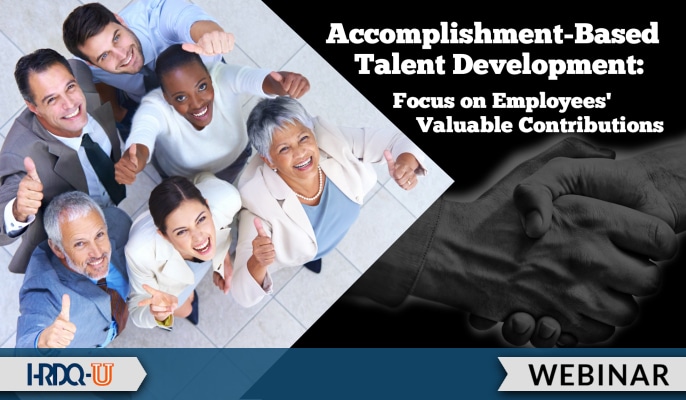
Our partnership with HRDQ-U comes with a discount for three of our most popular Performance Thinking® programs and services – based on our model voted “the best performance model in the world” in 2022 by members of the International Society for Performance Improvement.
Programs
Performance Thinking® for HR Business Partners
Executive Coaching with Performance Thinking for HR Business Partners
Dr. Carl Binder, CEO of The Performance Thinking Network, began as a behavior scientist, one of B.F. Skinner’s last graduate student at Harvard. He spent the 1970s conducting research, training teachers, and consulting with educational and human service organizations across North America, with a focus on fluency-based instruction. Shifting to corporate training in 1982, he joined the International Society for Performance Improvement, where he met Tom Gilbert, Geary Rummler, Joe Harless, Roger Kaufman, and other performance improvement pioneers, who proved to be generous mentors. Founder of four consulting firms, he has continued to refine performance improvement models and methods, partnering with clients and stakeholders, developing performance consultants, and teaching leaders and managers to contribute to continuous improvement. Over 40+ years, Carl has developed what is known as Performance Thinking®, a powerful but flexible accomplishment-based performance improvement methodology that his firm certifies others to apply in programs for different organizational roles. Adopted by clients on six continents, Performance Thinking has built a global community of practice. Carl has published several dozen articles and chapters, spoken at events worldwide, and received four Lifetime Achievement awards from the American Psychological Association, The International Society for Performance Improvement, the OBM Network, and the Standard Celeration Society.
Training Tools for Developing Great People Skills
This event is sponsored by HRDQ. For 45 years HRDQ has provided research-based, off-the-shelf soft-skills training resources for classroom, virtual, and online training. From assessments and workshops to experiential hands-on games, HRDQ helps organizations improve performance, increase job satisfaction, and more.
Learn more at HRDQstore.com
“This session very much raised my awareness of the differences between competency based performance vs the output of what we are trying to achieve. Do we have the right people doing the jobs they were employed to do? Have we defined their roles correctly? This session has enticed me to want to find out more.”
– Sandra C.
“You are the best. I encouraged my team to register with HRDQ-U webinars as they need.”
– Anneke K.
” The presenter gave great ideas about accomplishment-based performance, development, and measurement, particularly how it might produce better results than competency models.”
– Brian C.

Sign up for more as a member of HRDQ-U
HRDQ-U offers much of its learning content free to visitors, including live and select webinars, blog posts, and more, with new events and posts shared every week. However, there is much more learning available. You can access our complete library of on-demand webinars and other training events and content by simply signing up.